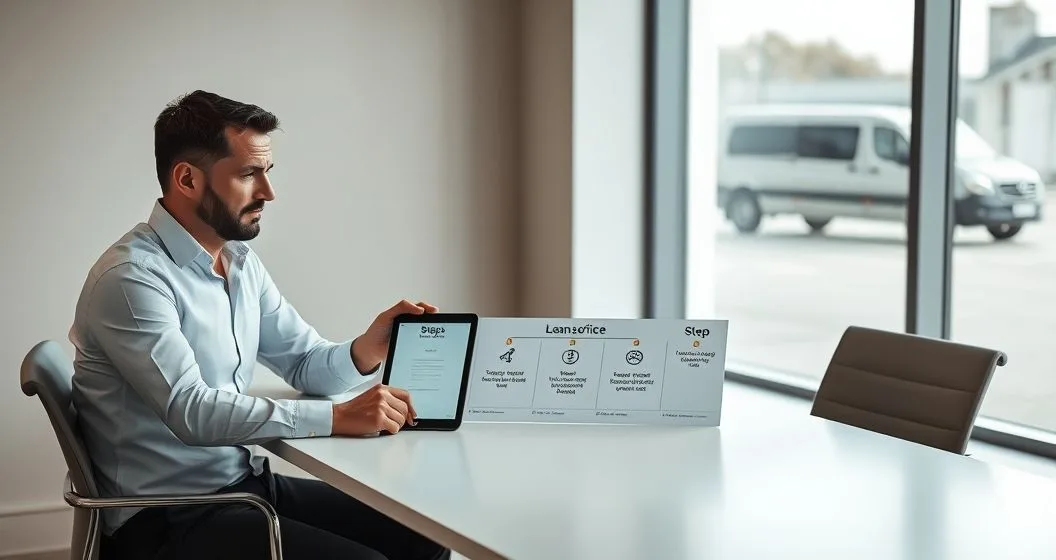Background and context
Nonpayment remedies evolved as lending expanded and courts and legislatures balanced lender recovery with borrower protections. Today, remedies vary by loan type and state law but generally follow similar stages: notice of missed payment, formal notice of default, acceleration of the loan, repossession or foreclosure for secured loans, and collection or civil action for any remaining balance. In my work with borrowers over 15 years, early lender communication and documentation consistently reduce the risk of repossession or costly deficiency judgments.
How nonpayment remedies typically work
- Notice of missed payment: Lenders usually begin with informal reminders then send formal notices when a payment is late. These notices explain the missed payment and any late fees.
- Notice of default / demand letter: This formal notice explains the default, cites the relevant contract terms (for example, an acceleration clause), and gives a deadline to cure the default.
- Acceleration: If the contract allows, the lender may accelerate the loan—making the entire balance due immediately—once the default cure period expires.
- Repossession or foreclosure (secured loans): For secured loans (auto, equipment, real estate), lenders can take collateral back. Repossession often occurs without court action for movable property; foreclosure typically requires a judicial or statutory process for real estate.
- Sale of collateral and deficiency: Lenders will sell collateral to offset the debt. If sale proceeds are insufficient, the lender may pursue a deficiency judgment for the remaining balance, depending on state law.
- Collections and credit reporting: Unresolved debt can be assigned to collection agencies and reported to credit bureaus, harming credit scores (see how late payments are reported for steps to repair credit).
Key differences by loan type
- Secured loans (auto, equipment, mortgage): Lenders can repossess or foreclose on collateral; procedures and borrower notice rights depend on state and the loan contract.
- Unsecured loans and credit lines: Lenders typically move directly to collections or civil suits—there is no collateral to repossess.
Real-world examples
- Auto loan: A borrower misses three monthly payments. The lender sends a notice of default, waits the contract cure period (commonly 10–30 days), and then repossesses the vehicle. After sale, the borrower may still owe a deficiency.
- Small business equipment loan: Failure to keep payments may prompt the lender to take the financed machinery. Loss of equipment can disrupt operations and push a company into insolvency unless a negotiated repayment plan is reached.
Who is affected
Individual consumers and small businesses with secured or unsecured debt can be affected. Borrowers with thin margins—such as small business owners with equipment financing—are particularly vulnerable because assets are both critical to operations and commonly pledged as collateral.
Practical steps and professional tips
- Contact lenders immediately: Early, documented communication often unlocks hardship programs, deferments, or modified repayment plans.
- Review your loan agreement: Look for acceleration, repossession, and cure-period clauses and consult an attorney if language is unclear. (See our guide on key clauses to spot before signing.)
- Keep records: Save notices, payment confirmations, and correspondence—these help in disputes and negotiations.
- Understand secured vs unsecured remedies: Know whether collateral can be taken and how deficiency rules work in your state.
- Consider alternatives: Short-term forbearance, loan modification, voluntary surrender (versus repossession), or negotiated settlements may reduce long-term harm.
Common mistakes and misconceptions
- Ignoring notices: Silence rarely stops collection activity and often worsens outcomes. Lenders are more likely to negotiate with proactive borrowers.
- Assuming immediate repossession: Repossession is usually preceded by notices and contractual cure periods; it’s rarely instantaneous, though it can seem fast.
- Believing all remedies are federal: Many repossession and deficiency rules are state-specific—check local law.
FAQs
Q: What should I do if I receive a notice of default?
A: Contact the lender immediately to confirm deadlines and options, gather documentation of your payments and financial hardship, and explore repayment plans or hardship programs.
Q: Can a lender repossess without warning?
A: For many auto and personal-property loans, lenders can repossess without prior court action but still must avoid breaching the peace and must follow state notice rules; the exact process depends on the contract and local law.
Q: Will repossession show on my credit report?
A: Yes. Missed payments and repossession or charged-off accounts are reported to credit bureaus and can significantly lower your score. See our article on how late payments are reported for repair strategies.
2–3 internal resources (for more detail)
- Repossession vs Voluntary Surrender: What Happens After Default — https://finhelp.io/glossary/repossession-vs-voluntary-surrender-what-happens-after-default/
- Borrower Rights During Loan Collections: Notices, Repossession, and Protections — https://finhelp.io/glossary/borrower-rights-during-loan-collections-notices-repossession-and-protections/
- How Late Payments Are Reported and How to Fix Them — https://finhelp.io/glossary/how-late-payments-are-reported-and-how-to-fix-them/
Authoritative sources and further reading
- Consumer Financial Protection Bureau — information on defaults, collections and repossession procedures (https://www.consumerfinance.gov/learnmore/).
- State statutes and court rules — repossession, deficiency judgments, and notice requirements vary by state; consult your state attorney general or a local attorney for specifics.
Professional disclaimer
This article is educational only and does not constitute legal, tax, or financial advice. For personalized guidance about your loan or state-specific rules, consult a qualified attorney or financial adviser.



